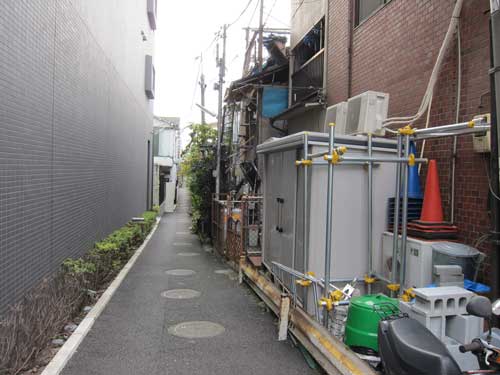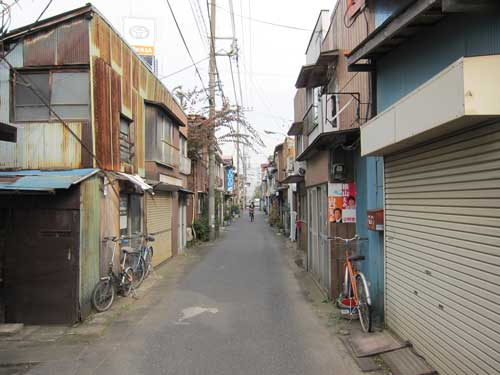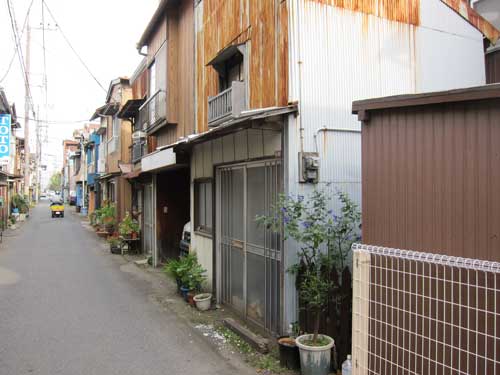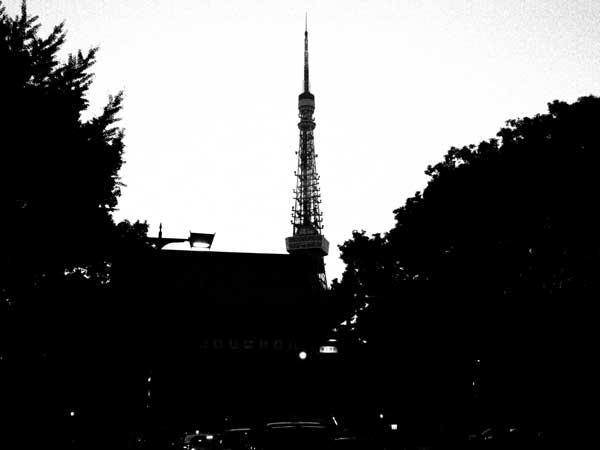
新しい道と古い道が出会う場所。
New town and old cities meet at this intersection.
On Linus Yng’s @ArchitourTokyo Western Tokyo bike exploration, the second stop was a fascinating corner. A wide and modern road (4 lanes, sidewalks)- Inokashira Dori (井の頭道り)- from the skyscraper district of Nishi Shinjuku meets a major ring road (6 lanes, sidewalks)- Kan-nana Dori (環七道り). The modern road dead ends into a narrow one-way street full of old sheds that must have housed many small businesses and residences in the post-war era.
I was fascinated by Linus’ explanation of how planning created these large roadways, and paradoxically preserves old neighborhoods on the edge. Although many maps show the road continuing through this neighborhood, Izumi (和泉名店街), the money and priority must have become exhausted. What you see instead is a neighborhood preserved for decades because no one will invest in improving or replacing buildings that are in a right-of-way of a possible, future major road.
In addition to the lane that runs in the center of the planned new roadway, Linus also pointed out the 10 to 15 story buildings that extend to the edge of where the road might one day be. In much of Tokyo, new buildings along major roads are often granted heights up to 15 stories, whereas the buildings behind them remain low. Tsukamoto Yoshiharu of Atelier Bow-Wow calls this the “cream puff pastry” of Tokyo urban planning, and explains that one function of these modern buildings, built to new standards, along the major roads is to provide a firebreak in this disaster-prone city.
It is amazing that for the width of the proposed road, the neighborhood is a time capsule of a Japan that was rebuilding itself rapidly after the war. I’d like to go back and explore more about who is still living there, what businesses thrived in the post-war period, and what creative re-use may be happening with these provisional buildings that were never intended to last this long.
UPDATE: Linus shared his excellent photos of this intersection with me later.















